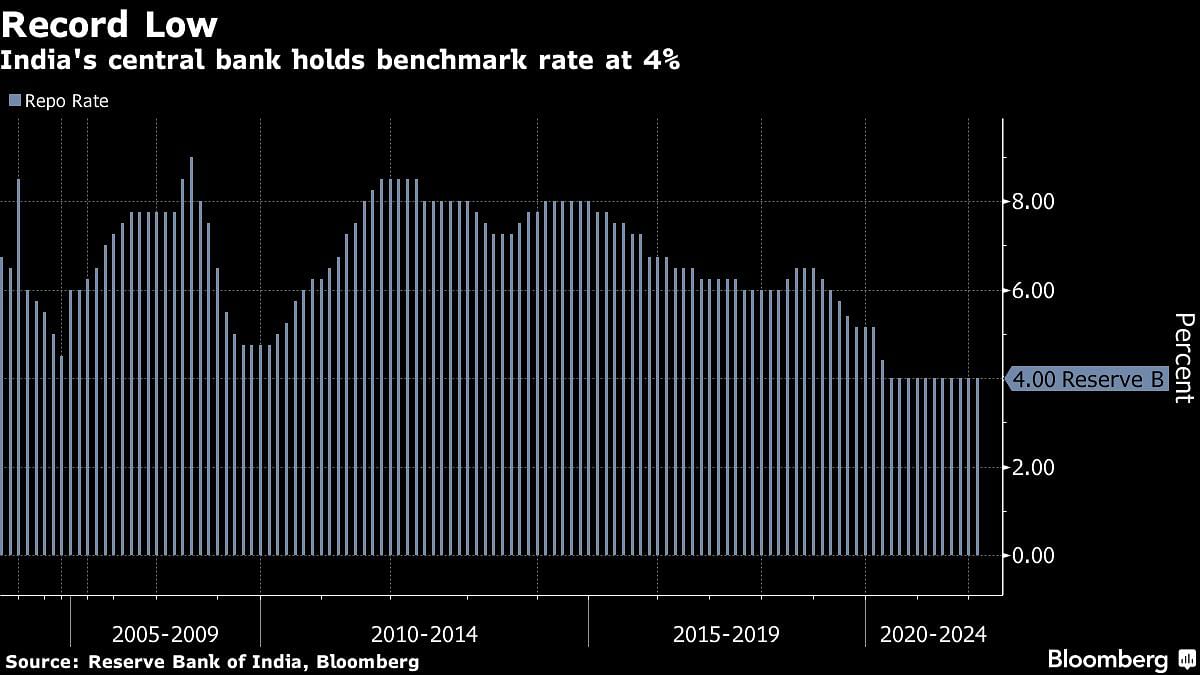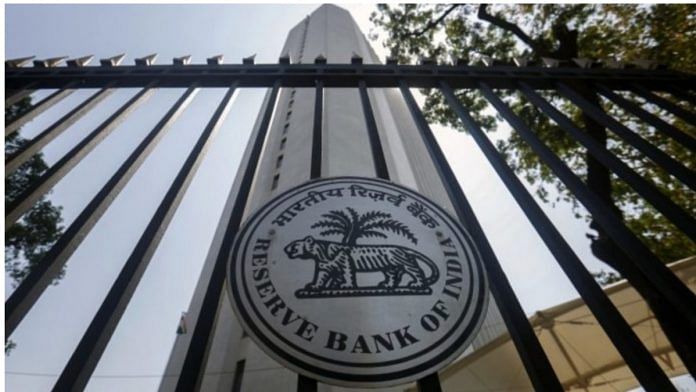Mumbai: India’s central bank stuck to its dovish tone to ensure economic recovery, diverging from an increasing number of global policy makers moving toward tighter monetary policy to tackle inflation.
Even though India is poised to post the quickest growth among major economies this year, output is just barely above its pre-pandemic level, Reserve Bank of India Governor Shaktikanta Das said after the rate panel held key interest rates steady Thursday. Private consumption is still lagging and price increases are expected to moderate, he said.
That underlined the need to keep borrowing costs lower for longer in an economy where private consumption makes up some 60% of gross domestic product.
The rupee and bond yields fell as the RBI didn’t signal a return to pre-pandemic policy settings, which the market was expecting.
The rupee lost 0.2%, while the yield on benchmark notes fell 7 basis points on the absence of a hike in reverse repo — the rate at which it absorbs cash from banks. Stocks advanced.

“Sometimes markets expect dessert, but then realize that the main course is still not over,” said Aurodeep Nandi, India economist at Nomura Holdings Inc. “The market was broadly expecting a drawdown of ultra-accommodative monetary policy.”
Thursday’s decision to stand pat when global peers are tightening highlights the contradictory multiple objectives the RBI has to contend with. As the government’s debt manager it has to keep borrowing costs low to ensure that a $200 billion debt program goes through smoothly, while also achieving price stability as an inflation-targeting central bank without hurting growth.
What Bloomberg Economics Says…
“The hold on the repo rate signals continued support to help growth recover from the omicron hit. But the danger now is that inflation expectations come unanchored — which could put greater pressure on RBI to raise its repo rate more quickly down the road.”
— Abhishek Gupta, India economist
In addition, the RBI is tasked with managing foreign exchange and financial stability.
“Private consumption, the mainstay of domestic demand, continues to trail its pre-pandemic level,” Das said. “The persistent increase in international commodity prices, surge in the volatility of global financial markets and global supply bottlenecks can exacerbate risks to the outlook.”
Slower growth
The central bank sees GDP growth slowing to 7.8% in the year beginning April, from a world-beating 9.2% estimated by the government for this year. The RBI separately lowered the inflation outlook to 4.5% for next fiscal from 5.3% seen this year, which allows it room to focus on growth.
Policymakers see the government’s budget proposals — to borrow and spend big — boosting aggregate demand.
| Here’s how the MPC viewed the budget: | ||
|---|---|---|
| February 2021: | February 2022: | |
| The budget “has introduced several measures to provide an impetus to growth. The projected increase in capital expenditure augurs well for capacity creation thereby improving the prospects for growth and building credibility around the quality of expenditure” | The announcements “on boosting public infrastructure through enhanced capital expenditure are expected to augment growth and crowd in private investment through large multiplier effects” | |
Given the government’s huge borrowing plan, Das sought to attract fund inflows by increasing a special limit for long-term foreign investors in Indian bonds by one trillion rupees ($13.4 billion) to 2.5 trillion rupees. The RBI also said that variable rate repos and variable rate reverse repos of 14-day tenor will operate as the main liquidity management tool based.
As for rising yields, which have increased the government’s borrowing costs, Das said he hopes that the market will “act responsibly” and contribute to “co-operative outcomes” on the government debt program.—Bloomberg
Also read: RBI keeps repo rate steady at 4% to support economic recovery






